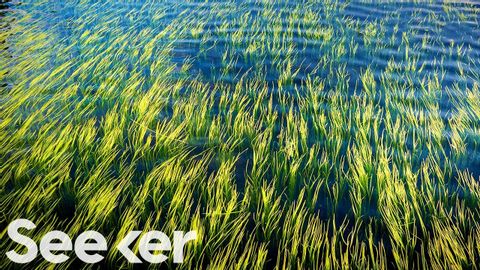
Subtitles & vocabulary
How Seaweed Could Slow Down Climate Change
00
Silvia W. posted on 2019/04/19Save
Video vocabulary
ultimately
US /ˈʌltəmɪtli/
・
UK /ˈʌltɪmətli/
- Adverb
- Done or considered as the final and most important
- Fundamentally; at the most basic level.
B1TOEIC
More potential
US /pəˈtɛnʃəl/
・
UK /pəˈtenʃl/
- Adjective
- Capable of happening or becoming reality
- Having or showing the capacity to develop into something in the future.
- Uncountable Noun
- someone's or something's ability to develop, achieve, or succeed
A2TOEIC
More ingredient
US /ɪnˈɡridiənt/
・
UK /ɪnˈgri:diənt/
- Noun (Countable/Uncountable)
- Food item used when making a meal or drink
- Quality necessary to be something to work well
B1TOEIC
More delicate
US /ˈdɛlɪkɪt/
・
UK /'delɪkət/
- Adjective
- Easily broken or damaged
- Finely made, with great care
B1
More Use Energy
Unlock All Vocabulary
Unlock pronunciation, explanations, and filters
